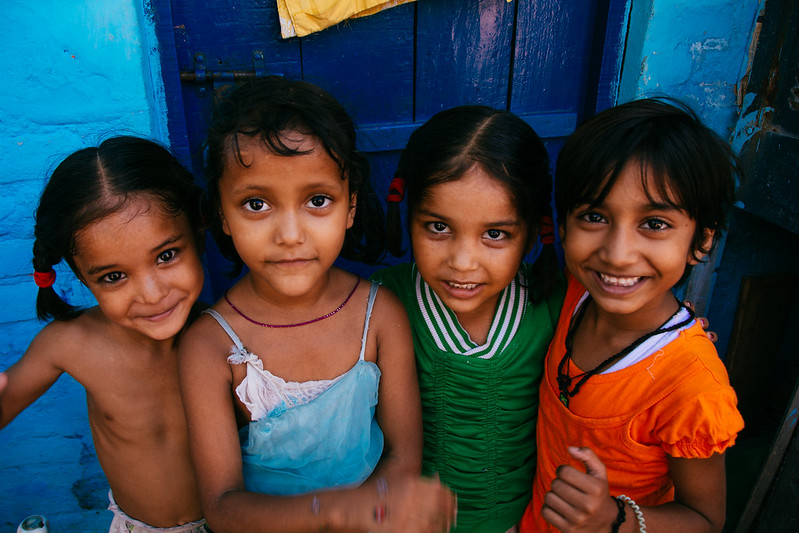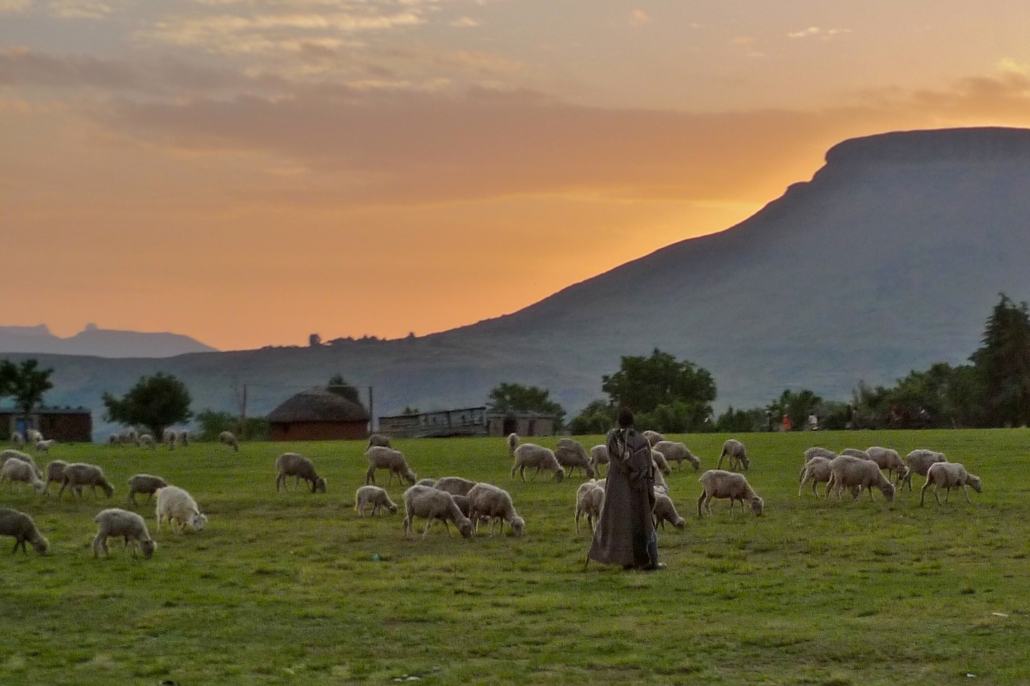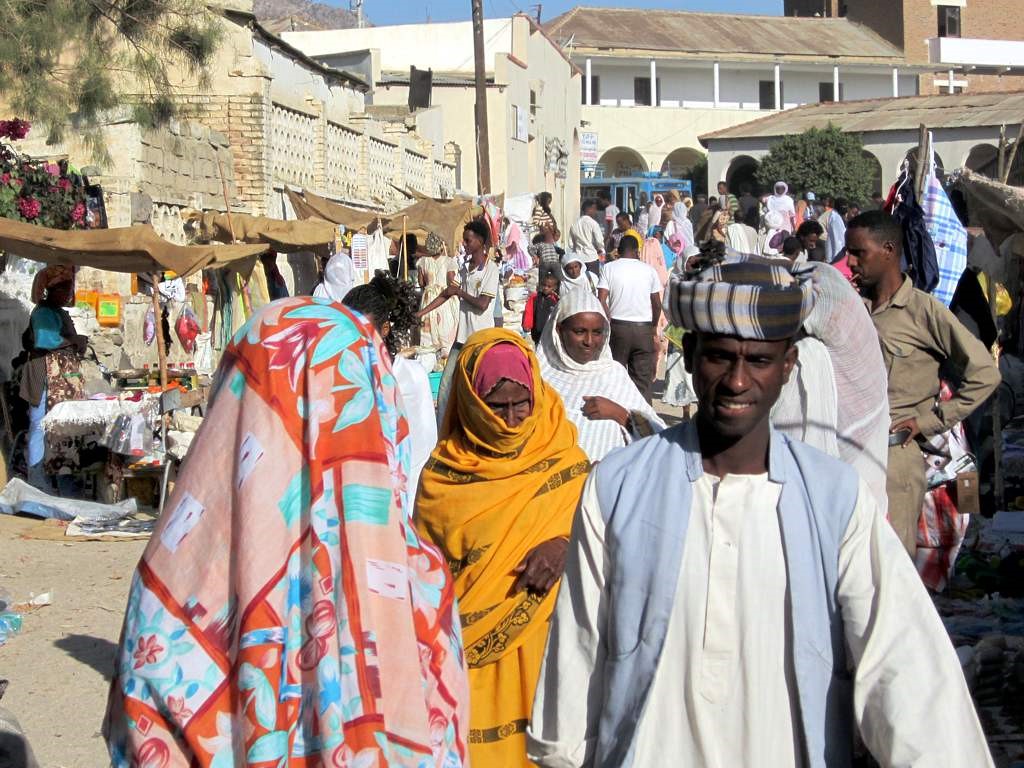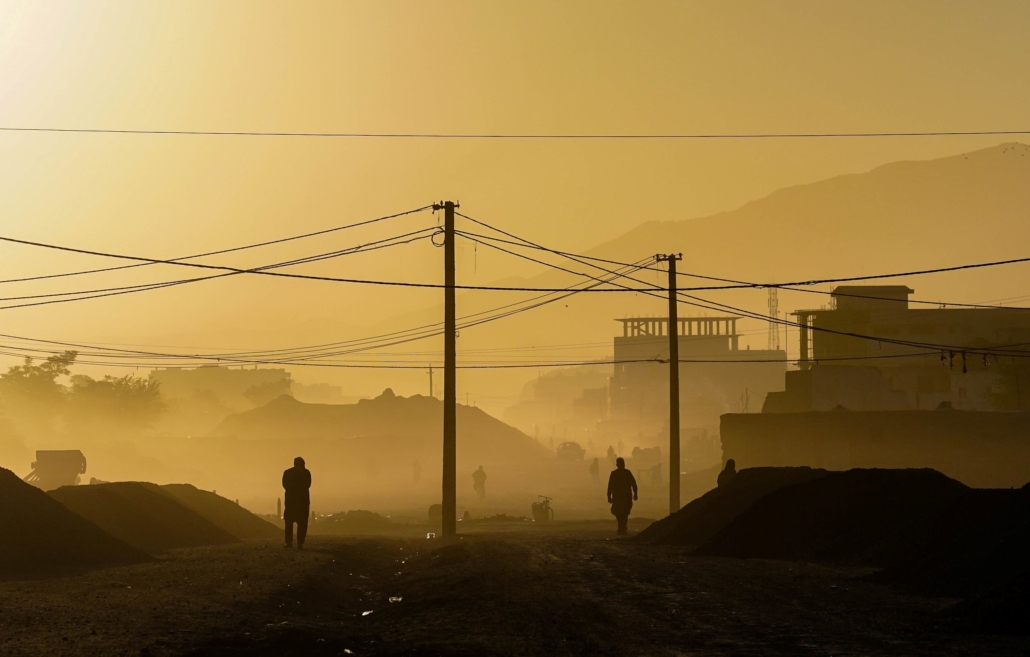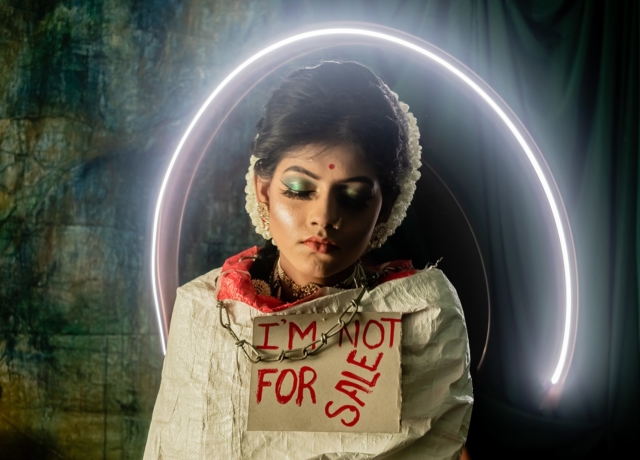
An Azerbaijani woman called Gulnara took a job in Turkey to support her daughter and her sick father. Upon her arrival, Gulnara’s contact in Turkey took her passport and forced her into prostitution. After a year, Gulnara was able to escape and return to Azerbaijan. The Azerbaijani Government Department on Combating Trafficking in Persons referred her to a shelter for human trafficking survivors. The IOM-implemented shelter is part of an initiative that the United States Agency for International Development (USAID) funds. Azerbaijan has been working tirelessly to combat human trafficking to ensure vulnerable people like Gulnara receive protection.
5 Ways to Combat Human Trafficking in Azerbaijan
- Decrease the Gender Gap. Azerbaijan has one of the highest gender inequality gaps of the countries that left the Soviet Union. Women lack the economic opportunities that men have. The women’s workforce participation rate in 2018 was 68.7% in contrast to 73.9% for men, a statistic that has barely changed since 2012. Further, females form 96.6% of people who do not work due to household and caregiving responsibilities. Minimal economic prospects can lead to people being lured into sexual exploitation and human trafficking. Providing women with more and improved economic opportunities could help prevent these situations.
- Provide Long-term Assistance. In 2018, the Anti-Trafficking Review published a study in which it interviewed 22 Azerbaijani survivors of human trafficking. The survivors believed that long-term help, including assistance with “job placement and family reunification,” could better help them rebuild their lives. Only nine of the 22 interviewees had full-time paid jobs at the time, while nine others had no paid jobs at all. Secure employment provides a steady income flow to economically empower women.
- Reunite Survivors and Families. Victims of human trafficking in Azerbaijan often end up disconnected from their families. By reconnecting with their families, victims can return to some semblance of normalcy. However, there is a stigma surrounding sex work that can impact familial relations. If organizations work to combat this stigma, survivors can repair relationships and gain much-needed emotional familial support that will reduce the chance of victims falling prey to human trafficking again.
- Address the Root Causes. People struggling economically, like Gulnara, are prime targets for human trafficking. Using foreign aid to create more programs to combat poverty could decrease human trafficking in Azerbaijan. In a 2020 report, the U.S. Department of State noted that Azerbaijan had increased the funds allocated for victim protection and shelters from $86,760 to $114,530. This is an important increase, but it only helps after the fact. Greater funds could go toward helping people living below the poverty line before traffickers lure them into human trafficking.
- Prosecute Human Trafficking in Azerbaijan. The U.S. Department of State encourages Azerbaijan to convict more traffickers and issue harsher sentences as many Azerbaijani judges issue suspended sentences. In 2018, 20 traffickers received suspended sentences. The Azerbaijan government can create a powerful deterrent by more effectively convicting human traffickers.
Azerbaijan’s Progress
In 2020, Azerbaijan remained on the Tier 2 Watch List of the U.S. Department of State. This designation means the country “does not fully meet the minimum standards for the elimination of trafficking but is making significant efforts to do so.” From 2020 through 2024, the government of Azerbaijan’s National Action Plan on Combating Trafficking in Human Beings will target and address the root causes of human trafficking while improving support services for victims.
USAID Assistance
Since 2015, USAID has supported three shelters in Azerbaijan. These shelters “provided direct assistance to more than 100 confirmed and presumed victims of trafficking” between 2015 and 2018. The shelters also helped more than 1,000 people who were vulnerable to trafficking. The shelters provide “psychological, medical and legal support” services.
Azerbaijan created a human trafficking hotline center to provide information on services and relay necessary information to law enforcement officials. As of 2021, the hotline aims to incorporate an online system to allow workers to screen calls in a more efficient and detailed manner.
Human trafficking in Azerbaijan is progressing in the right direction. With commitment and continuity, Azerbaijan can improve its human trafficking tier ranking, protecting thousands of vulnerable people in the process.
– Alessandra Heitmann
Photo: Wikimedia Commons
